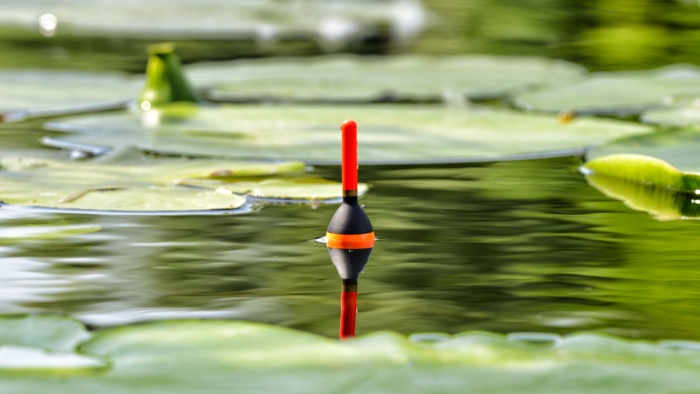Bobber fishing, also known as float fishing, is a timeless technique that’s perfect for anglers of all experience levels. It’s a great way to catch a variety of fish and offers a relaxing yet exciting fishing experience.
The Basics: Bobber 101
A bobber, or float, suspends your bait at a specific depth in the water. It serves two key purposes:
- Bite indicator: When a fish takes your bait, the bobber dips or bobs below the surface, visually alerting you to set the hook.
- Depth control: By adjusting the bobber placement on your line, you can present your bait at the exact depth where fish are feeding.
When and Where to Bobber Fish
Timing:
- Early morning/late afternoon: Cooler water temperatures and increased insect activity make fish more active during these times.
- Spring/Fall: Fish are more active and found in shallower waters during these seasons.
- Overcast days: Diffused light makes fish less wary and more likely to bite. Avoid fishing right after storms as water clarity and temperature can be unpredictable.
Location:
- Lakes and ponds: Look for areas with structures like logs, rocks, or weed beds where fish hide and feed. Edges of weed lines are particularly productive.
- Rivers and streams: Focus on areas with slower currents, like behind rocks, downed trees, or bends in the river.
- Nearshore areas: Many fish species feed close to shore, especially around overhanging trees, submerged vegetation, or streams flowing into larger bodies of water.
- Depth variations: Drop-offs are excellent spots as fish patrol these areas looking for food. Use a slip bobber to adjust your bait depth and target these transition zones effectively.
Gear Up for Success
You don’t need a lot of fancy equipment to get started with bobber fishing:
- Rod and reel: A medium-light to medium action rod paired with a spinning or spincast reel is a versatile choice for most bobber fishing situations.
- Bobbers: Choose a bobber size that supports your bait weight but is sensitive enough to detect bites. Round plastic bobbers are great for beginners, while balsa wood offers superior sensitivity.
- Hooks, line, and sinkers: Use a monofilament line (4-10 lb test) and choose hooks and sinkers based on your bait and target fish. Smaller hooks for worms and insects, larger hooks for chunks of bait or live fish.
- Bait: Live bait like worms, minnows, or crickets are popular choices. Artificial baits and lures can also be effective depending on the fish species.

Bobber Types and Their Uses
Bobbers come in various shapes and sizes, each suited for specific situations:
- Round plastic bobbers: Classic all-rounders, ideal for beginners and calm, shallow waters.
- Slip bobbers: Slide up and down the line, allowing you to adjust fishing depth without retying. Great for deeper depths or targeting fish at various depths.
- Balsa wood bobbers: Lightweight and highly sensitive, perfect for fish with subtle bites like trout or smallmouth bass.
- Popping bobbers: Designed to create surface disturbance, attracting predatory fish like redfish, bass, and pike.
- Balloon bobbers: Ideal for targeting large fish in open water, like catfish or carp. Their size and buoyancy make them suitable for heavy bait and long-distance casting.
Matching Bobbers to Fish
- Panfish & Crappie: Round plastic or small balsa wood bobbers for visibility in shallow water.
- Bass & Walleye: Slip bobbers for precise depth control in varied environments.
- Trout & Smallmouth Bass: Balsa wood bobbers for their superior bite sensitivity.
- Predatory Species: Popping bobbers to attract fish with surface commotion.
- Large, Bottom-Feeding Fish: Balloon bobbers for suspending large bait in deep water.
Tips and Techniques for Bobber Fishing Success
- Be patient: Sometimes the fish are biting, sometimes they’re not. Enjoy the peacefulness of the outdoors.
- Stay quiet and still: Loud noises and sudden movements can spook fish. Keep a low profile.
- Adjust your depth: If you’re not getting bites, try moving the bobber up or down the line to adjust your bait depth.
- Experiment: Don’t be afraid to try different baits, bobber sizes, and locations. Part of the fun is figuring out what works best.
Now that you know the basics of bobber fishing consider using this tool to improve our angling successes.
Images/Source: SportsmansGuide





